That Time US Forces Tore Hundreds of Russian Wagner Group Mercenaries to Pieces in Syria
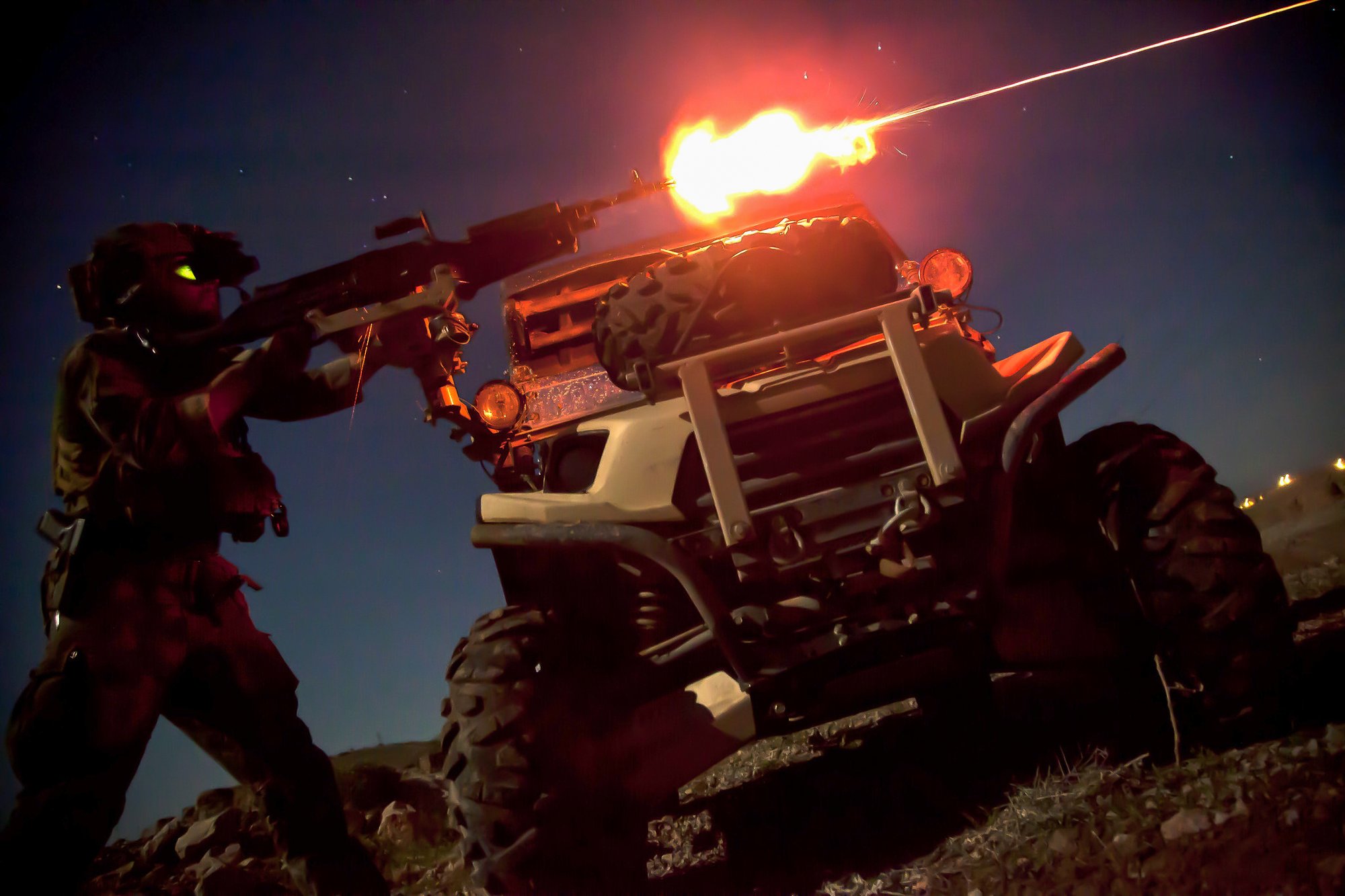
A Marine special operations team member fires an M240B machine gun during night fire sustainment training March 28, 2013. US Marine Corps photo by Sgt. Pete Thibodeau.
It’s been one month since Russia invaded Ukraine. What Vladimir Putin and much of the world originally expected to be a quick and easy victory over their smaller neighbor has rapidly devolved into a military disaster for Russia. The Pentagon estimated more than 7,000 Russian soldiers had been killed since the invasion started, while NATO believes the number could be as high as 15,000. Russian generals continue to die, and reports are describing mass desertions and fratricide on the front lines. As much of the world celebrates the modern David versus Goliath story, cracks in the veneer of Russia’s supposed military might have shone through long before the invasion of Ukraine, and a four-hour battle that unfolded in Syria in 2018 is one of the most striking examples.
When the US launched Operation Inherent Resolve in June 2014, its goal was to destroy the Islamic State group in Iraq and Syria, or ISIS. US forces and their allies sought to degrade and destroy the notorious terrorist organization, but the conflict eventually evolved into a proxy war between two superpowers as Russia committed its military forces to defending the regime of Syrian President Bashar al-Assad. The US was allied with Kurdish fighters and the Syrian Democratic Forces against the common enemy of ISIS, but the regional conflict involved an intricate web of disparate factions and objectives.

Against that backdrop, Russia and the US opened up a communications hotline to avoid direct conflict with each other while supporting their proxies on opposite sides. In February 2018, after three years of gingerly avoiding a direct confrontation, the two world powers went toe to toe for the first time since the end of World War I in what came to be known as the Battle of Khasham — a roughly four-hour battle in which the mighty Russian bear (with its Syrian allies) was reduced to a whimpering pup by a much smaller force of American commandos.
As the afternoon sun began to sink over the cradle of civilization on Feb. 7, 2018, a group of US Marines and Army Special Forces soldiers watched surveillance drone feeds in disbelief as a large enemy force amassed 20 miles away near the eastern bank of the Euphrates River. The combined group of Syrian forces and Russian mercenaries from the infamous Kremlin-linked Wagner Group swelled to an estimated 500 troops by early evening. With them were 27 vehicles — including Russian T-72 tanks and armored personnel carriers.
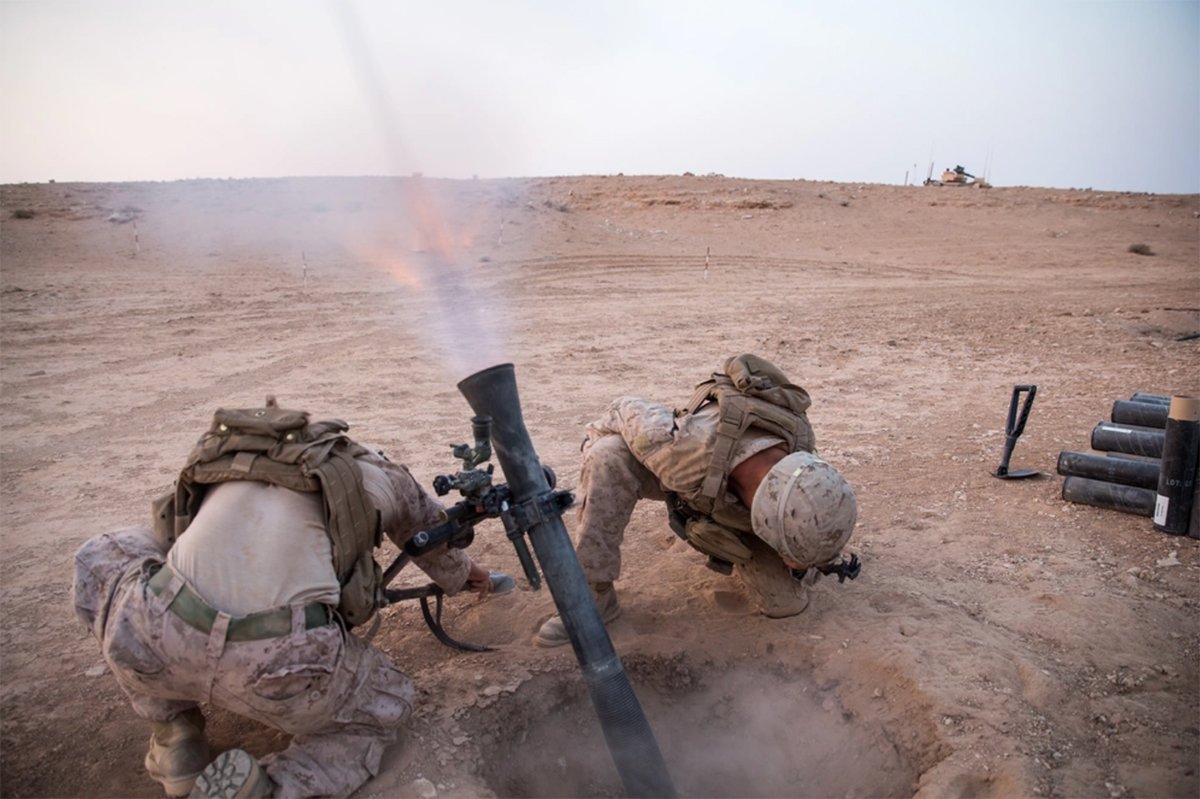
American brass monitoring the situation at the air operations center at Al Udeid Air Base in Qatar and the Pentagon were baffled as they watched a massive enemy force positioning itself to attack a nearby outpost where about 30 US Army Rangers and Delta Force commandos from the Joint Special Operations Command (JSOC) were working alongside Kurdish and Arab forces. American commanders readied aircraft and ground crews, and the members of the JSOC detachment prepared to defend themselves.
The Marines and Green Berets at the mission support site 20 miles away from the JSOC outpost in Deir al-Zour in northwestern Syria prepared a quick-reaction force of about 16 troops, loading four mine-resistant vehicles with anti-tank missiles, thermal optics, food, and water.
At 8:30 p.m., as three Russian tanks moved in closer, it became clear an attack was imminent, and the quick-reaction force prepared to launch.
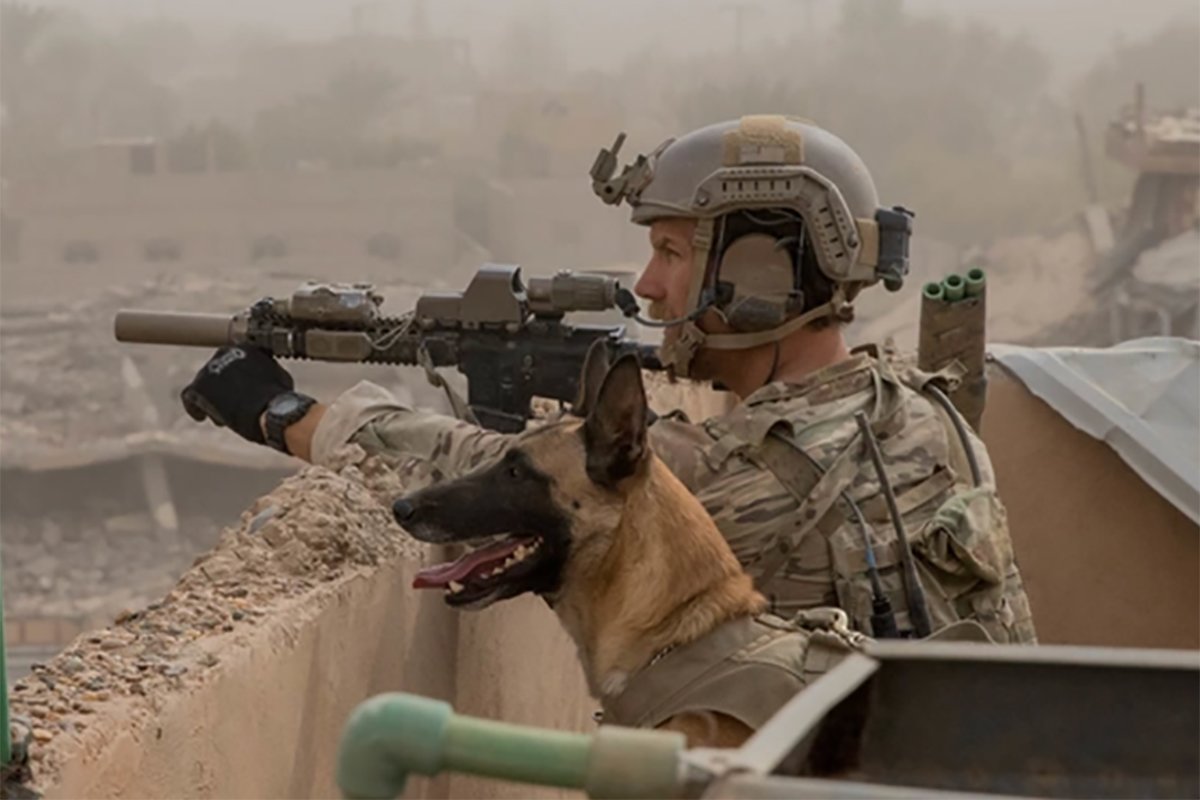
At approximately 10:30 p.m., the approaching column of Russian and Syrian vehicles opened fire on the tiny outpost. Tank, artillery, and mortar fire bombarded the Americans as they ran for their defensive positions and returned fire with machine guns and anti-tank missiles.
During the opening minutes of the battle, then-Secretary of Defense Jim Mattis contacted his Russian counterpart.
“The Russian high command in Syria assured us it was not their people,” Mattis testified to Congress later. The secretary of defense then directed Chairman of the Joint Chiefs of Staff Gen. Joseph F. Dunford Jr. “for the force … to be annihilated.”
“And it was,” the former Marine general, whose troops nicknamed him “Chaos,” added.
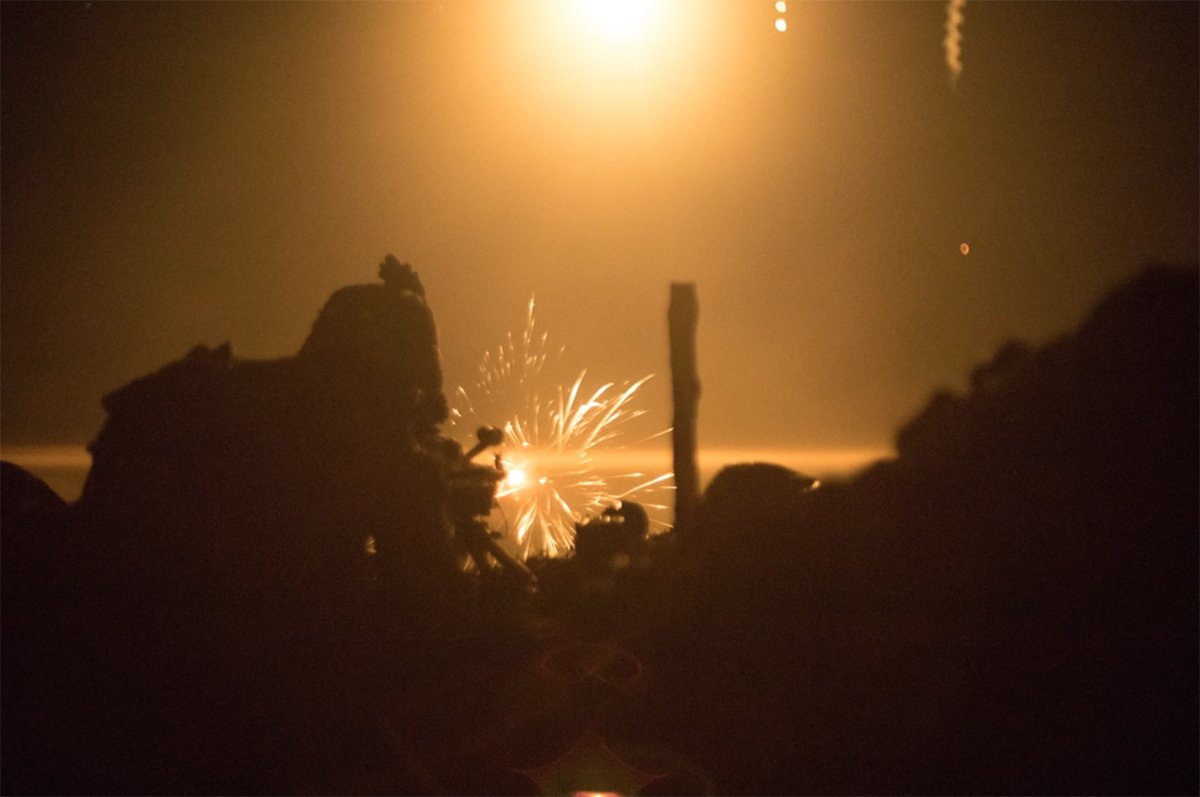
With the expert direction of Air Force combat controllers and others calling in air and indirect-fire support, waves of F-22 fighters, F-15E strike fighters, AH-64 Apache attack helicopters, AC-130 gunships, B-52 bombers, MQ-9 Reaper drones, and heavy Marine artillery relentlessly punished the enemy force.
The quick-reaction force sped toward the battle but was slowed by myriad obstacles, damaged roads, and the fact it was driving blacked out and relying on night-vision equipment. As the convoy of four vehicles made slow progress, American airpower and Marine artillery cut through the Syrian and Russian attackers like a scythe through hay.
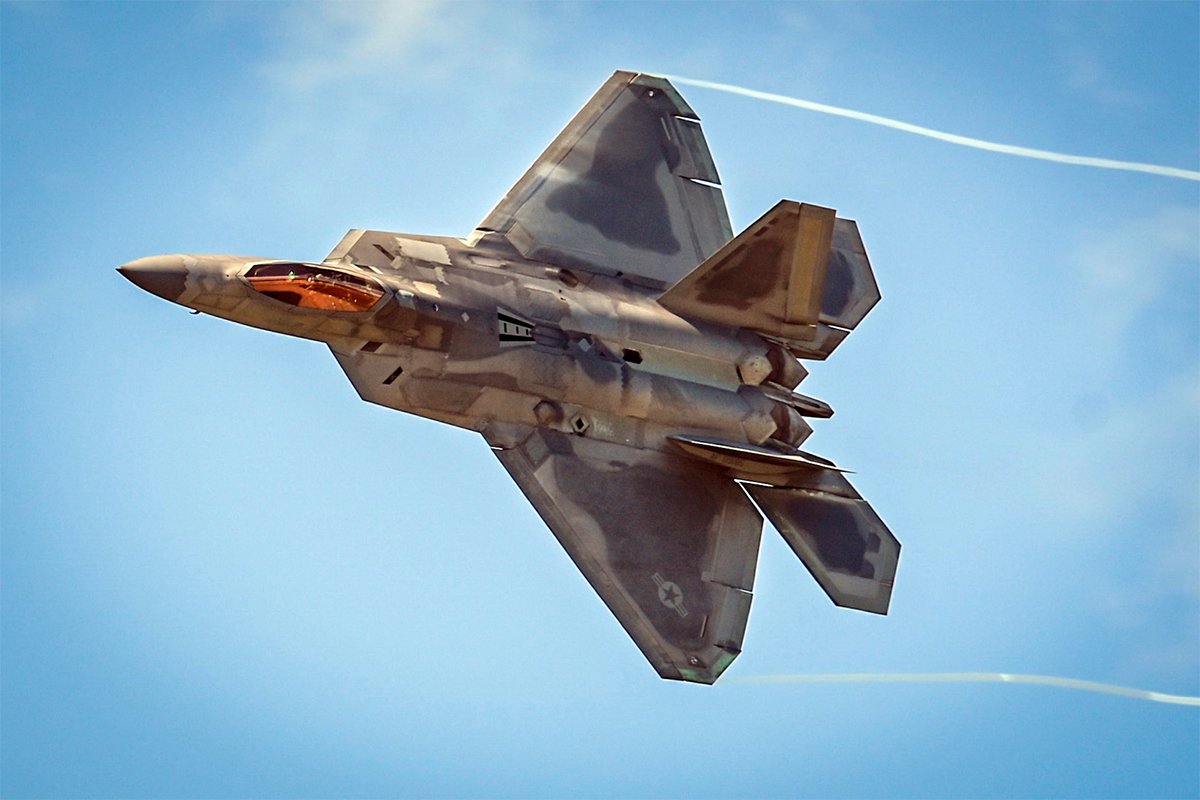
“We should never have been there; our leadership messed up. The Americans knew exactly where we were,” former Russian mercenary and survivor of Khasham Marat Gabidullin told The Guardian in February 2022.
Around 1 a.m. — with the enemy artillery and tanks finally silenced — the QRF reached the outpost and joined the turkey shoot.
Fighting from their vehicles, the Green Berets and Marines engaged the rapidly diminishing enemy force. Several Marines ran much-needed ammo to the commandos’ defensive positions while combat controllers guided a second wave of lethal strikes from American aircraft. An hour after the QRF’s arrival, the remnants of the attacking force fled the field. In their wake lay between 200 and 300 dead fighters. Inside the JSOC outpost, one allied Syrian fighter was wounded, and no Americans were harmed.
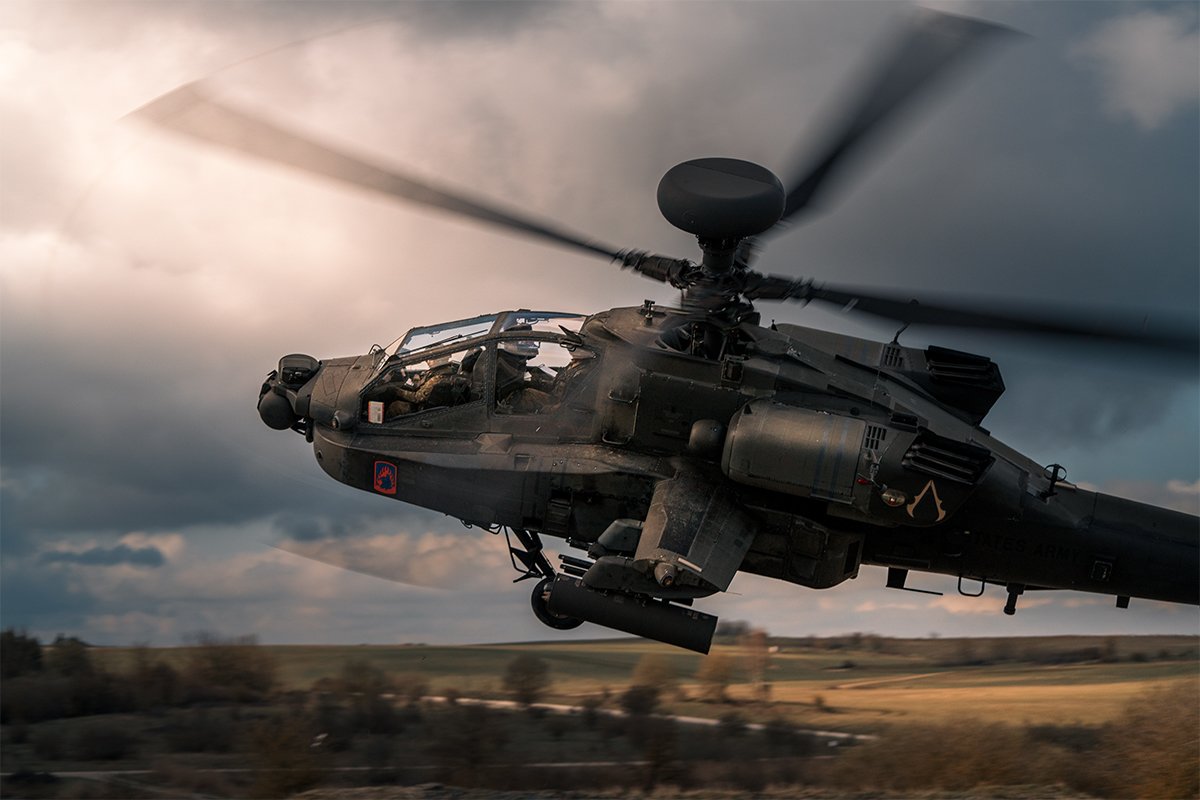
In the aftermath of the slaughter, Russian state media downplayed the battle. Maria Zakharova, press secretary for the Foreign Ministry of Russia, said only five Russian contractors were killed. Reports of audio recordings purportedly featuring Russians describing the battle tell a much different story.
“To make it short, we’ve had our fucking asses kicked,” one Wagner Group veteran reportedly says in a recording. “Yeah so, one squadron fucking lost 200 people immediately … Another one lost 10 people, and I don’t know about the third squadron, but it got torn up pretty badly too … They tore us to pieces.”

The lopsided American victory worked as a deterrent a month later when another group of Syrian fighters and Russian mercenaries began a similar buildup near American forces along the Euphrates. This time, when Mattis called his Russian counterpart, the enemy force dispersed, successfully avoiding a second curb-stomping.
The Wagner Group is trained at Russian Defense Ministry bases, and the group’s leaders have received awards in the Kremlin, but Russia downplayed its involvement in the engagement that’s come to be known as the Battle of Khasham. Russia claimed the clash was a result of American aggression.
Similar Russian misinformation is rampant in the war in Ukraine, and like in the Battle of Khasham, Russia’s numerical superiority isn’t translating to tactical success. In hindsight, perhaps Russia’s humiliating defeat in Syria was a sign of what was to come in Ukraine, where many analysts predicted Russia would “steamroll” that nation’s military and defense forces.
Read Next:

Mac Caltrider is a senior staff writer for Coffee or Die Magazine. He served in the US Marine Corps and is a former police officer. Caltrider earned his bachelor’s degree in history and now reads anything he can get his hands on. He is also the creator of Pipes & Pages, a site intended to increase readership among enlisted troops. Caltrider spends most of his time reading, writing, and waging a one-man war against premature hair loss.
BRCC and Bad Moon Print Press team up for an exclusive, limited-edition T-shirt design!
BRCC partners with Team Room Design for an exclusive T-shirt release!
Thirty Seconds Out has partnered with BRCC for an exclusive shirt design invoking the God of Winter.
Lucas O'Hara of Grizzly Forge has teamed up with BRCC for a badass, exclusive Shirt Club T-shirt design featuring his most popular knife and tiomahawk.
Coffee or Die sits down with one of the graphic designers behind Black Rifle Coffee's signature look and vibe.
Biden will award the Medal of Honor to a Vietnam War Army helicopter pilot who risked his life to save a reconnaissance team from almost certain death.
Ever wonder how much Jack Mandaville would f*ck sh*t up if he went back in time? The American Revolution didn't even see him coming.
A nearly 200-year-old West Point time capsule that at first appeared to yield little more than dust contains hidden treasure, the US Military Academy said.












